Recta final para Carpa 1408
Este fin de semana he concluido con el trabajo en "Interior" y ya se encuentra muy avanzada la ultima seccion de Carpa 1408. En esta entrada incluire algunas de las ultimas paginas realizadas y tras las ultimas correcciones de texto e ilustraciones, espero publicar en breve. En esta ocasion añadire algunos de los textos que acompañan las imagenes aunque su traduccion al ingles sera via google. Las primeras imagenes que subo, pertenecen al final de "Interior".
Google translator:
This weekend I have concluded the work on "Interior" and the last section of Carpa 1408 is already very advanced. In this entry I will include some of the last pages made and after the last corrections of text and illustrations, I hope to publish shortly . On this occasion I will add some of the texts that accompany the images although their translation into English will be via Google. The first images I upload belong to the end of "Interior".
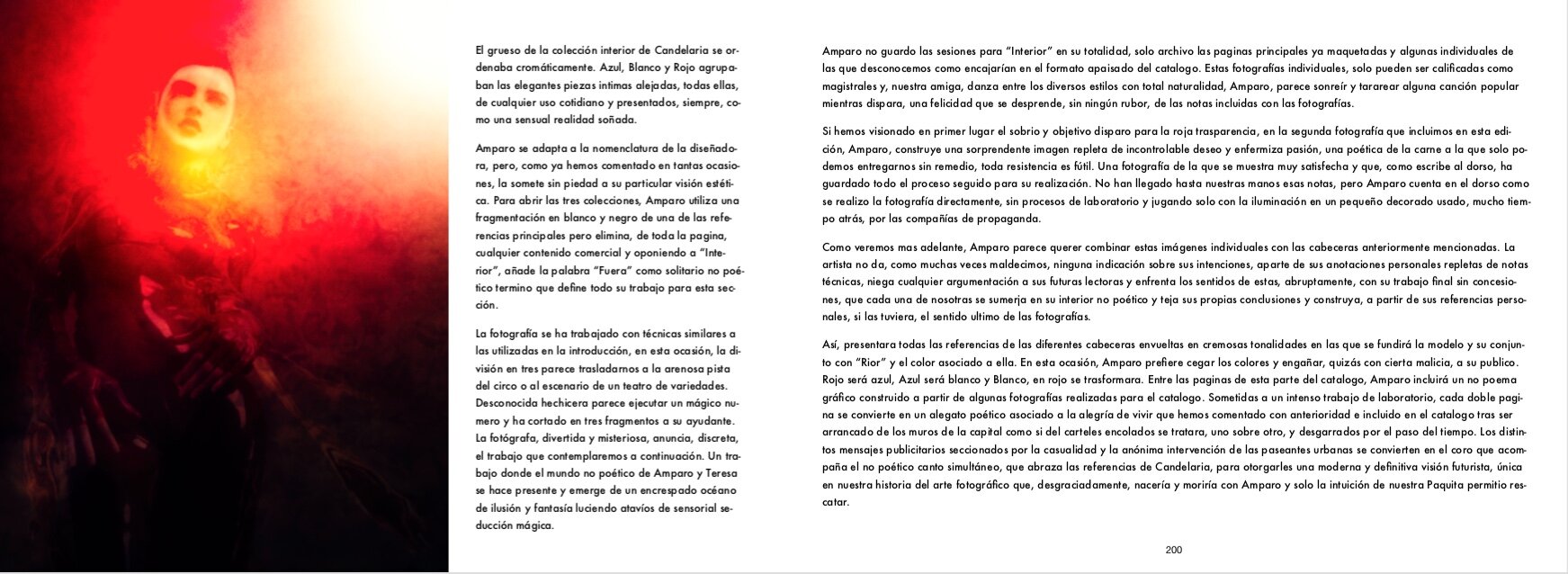
Esta seria la traduccion automatica al ingles de la doble pagina en la que inclui la ilustracion que presentaba en la entrada anterior.
This would be the automatic translation into English of the double page in which I included the illustration that I presented in the previous entry.
The bulk of Candelaria's interior collection was arranged chromatically. Blue, White and Red grouped the elegant intimate pieces, all of them far from any everyday use and always presented as a sensual dream reality.
Amparo adapts to the designer's nomenclature, but, as we have already commented on so many occasions, it mercilessly subjects it to her particular aesthetic vision. To open the three collections, Amparo uses a black and white fragmentation of one of the main references but eliminates, from the entire page, any commercial content and, opposing “Interior”, adds the word “Outside” as a solitary non-poetic term that defines all your work for this section.
The photography has been worked with techniques similar to those used in the introduction; on this occasion, the division into three seems to take us to the sandy circus ring or the stage of a music hall. Unknown sorceress seems to perform a magical number and has cut her assistant into three fragments. The photographer, fun and mysterious, discreetly announces the work that we will see below. A work where the non-poetic world of Amparo and Teresa is present and emerges from a rough ocean of illusion and fantasy wearing trappings of magical sensory seduction.
Amparo did not save the sessions for “Interior” in their entirety, she only archived the main pages already laid out and some individual pages that we do not know how they would fit into the landscape format of the catalog. These individual photographs can only be described as masterful and, our friend, dances between the various styles with total naturalness, Amparo, seems to smile and hum a popular song while shooting, a happiness that emerges, without any blush, from the included notes with the photographs.
If we have first seen the sober and objective shot of the red transparency, in the second photograph that we include in this edition, Amparo, constructs a surprising image full of uncontrollable desire and sick passion, a poetics of the flesh to which we can only surrender ourselves without remedy, all resistance is futile. A photograph with which she is very satisfied and, as she writes on the back, she has saved the entire process followed to create it. Those notes have not reached our hands, but Amparo tells on the back how the photograph was taken directly, without laboratory processes and playing only with lighting in a small set used, long ago, by propaganda companies.
As we will see later, Amparo seems to want to combine these individual images with the previously mentioned headers. The artist does not give, as we often curse, any indication about her intentions, apart from her personal notes full of technical notes, she denies any argument to her future readers and confronts their senses, abruptly, with her final work without concessions, which Each of us immerses herself in her non-poetic interior and weaves her own conclusions and builds, from her personal references, if she had them, the ultimate meaning of the photographs.
Thus, she will present all the references of the different titles wrapped in creamy tones in which the model and her combination with “Rior” and the color associated with it will blend. On this occasion, Amparo prefers to blind the colors and deceive, perhaps with some malice, her audience. Red will be blue, Blue will be white and White will be transformed into red. Among the pages of this part of the catalog, Amparo will include a graphic non-poem constructed from some photographs taken for the catalog. Subjected to intense laboratory work, each double page becomes a poetic plea associated with the joy of living that we have mentioned previously and included in the catalog after being torn from the walls of the capital as if it were glued posters. one on top of the other, and torn by the passage of time. The different advertising messages sectioned by chance and the anonymous intervention of the urban walkers become the chorus that accompanies the non-poetic simultaneous song, which embraces Candelaria's references, to give them a modern and definitive futuristic vision, unique in our history of the photographic art that, unfortunately, would be born and die with Amparo and only the intuition of our Paquita allowed it to be rescued.
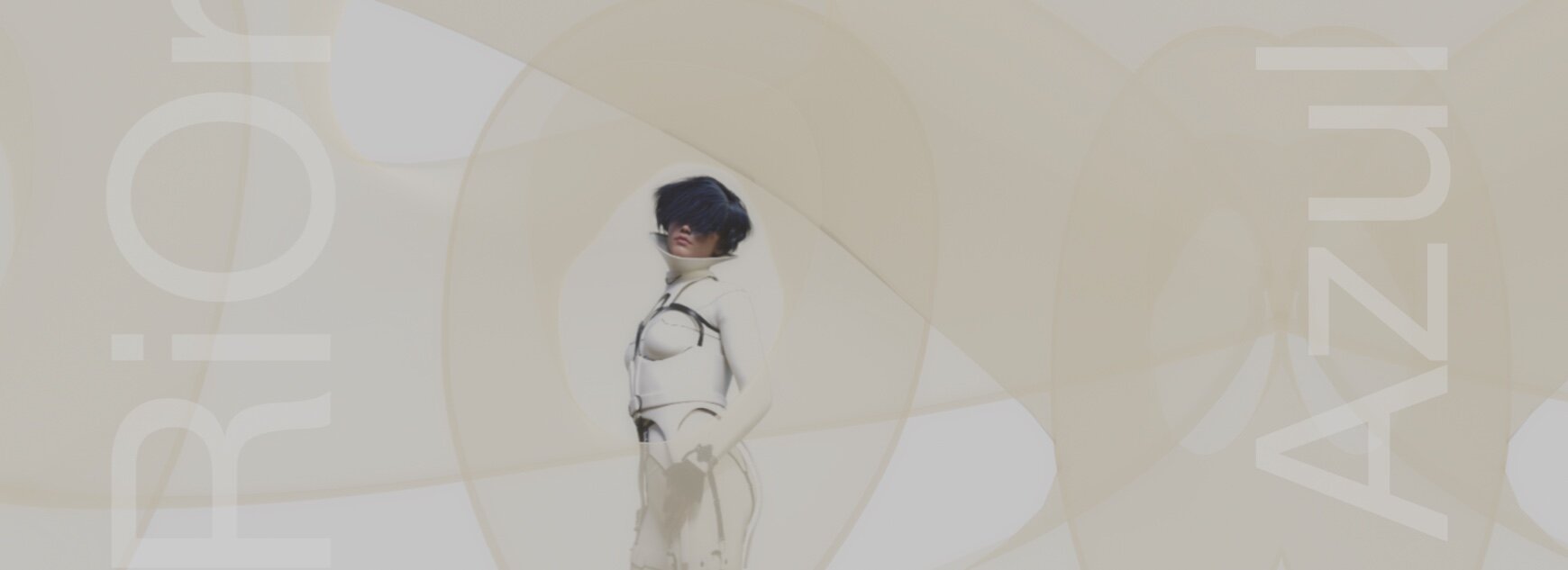
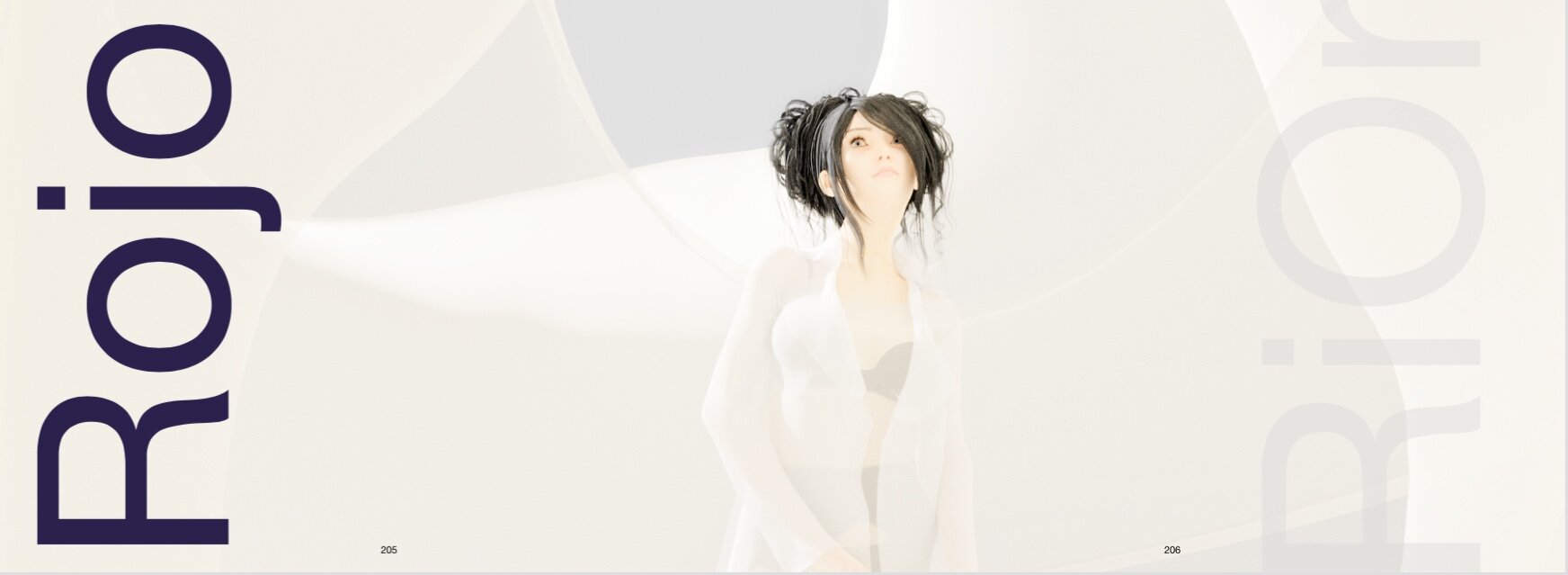

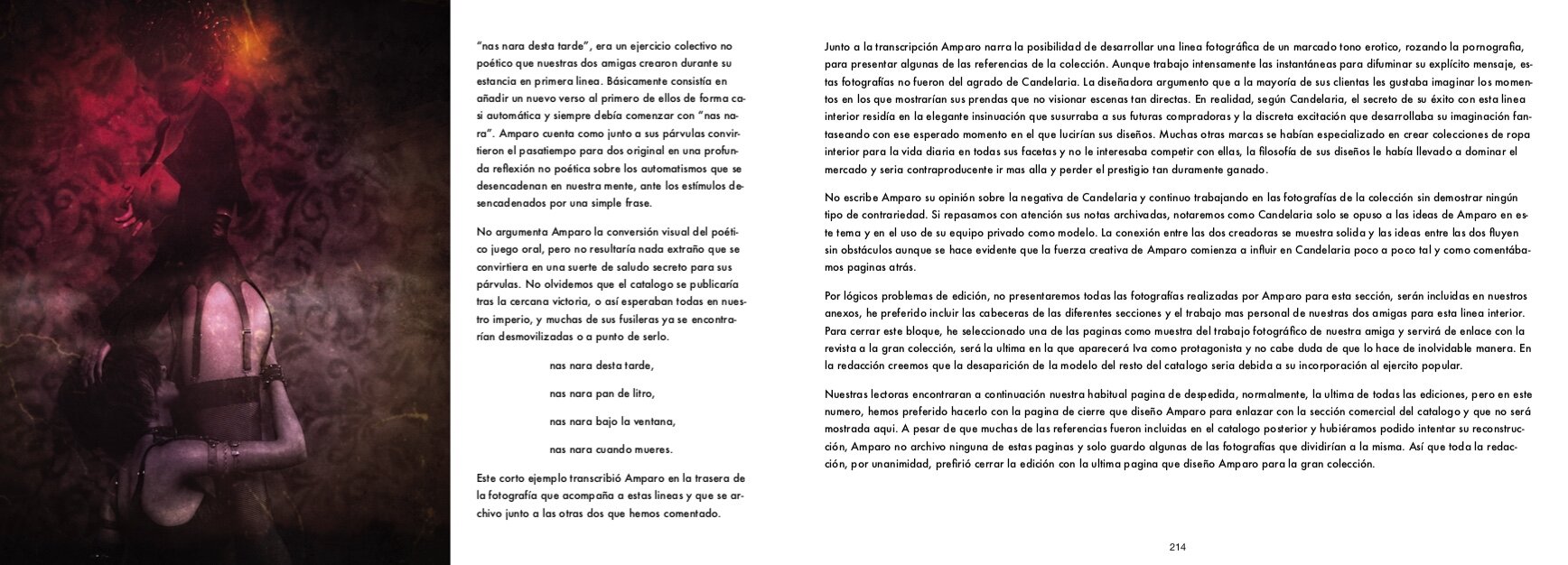
Y aqui la traduccion de la siguiente doble pagina:
And here is the translation of the following double page:
“nas nara this afternoon” was a non-poetic collective exercise that our two friends created during their stay on the front line. Basically it consisted of adding a new verse to the first one almost automatically and it always had to start with “nas nara”. Amparo tells how she and her preschoolers turned the original pastime for two into a deep, non-poetic reflection on the automatisms that are triggered in our minds, when faced with the stimuli triggered by a simple phrase.
Amparo does not argue for the visual conversion of the poetic oral game, but it would not be at all strange if it became a kind of secret greeting for her toddlers. Let us not forget that the catalog would be published after the near victory, or so everyone in our empire hoped, and many of their rifles would already be demobilized or about to be.
nas nara this afternoon,
nas nara liter bread,
nas nara under the window,
nas nara when you die.
This short example was transcribed by Amparo on the back of the photograph that accompanies these lines and that was archived along with the other two that we have mentioned.
Along with the transcription, Amparo narrates the possibility of developing a photographic line with a markedly erotic tone, bordering on pornography, to present some of the references of the collection. Although she worked intensely on the snapshots to blur her explicit message, these photographs were not to Candelaria's liking. The designer argued that most of her clients liked to imagine the moments in which they would show their clothes rather than viewing such direct scenes. In reality, according to Candelaria, the secret of her success with this interior line lay in the elegant insinuation that she whispered to her future buyers and the discreet excitement that she developed in her imagination fantasizing about that long-awaited moment in which they would shine her designs. Many other brands had specialized in creating collections of underwear for daily life in all its facets and were not interested in competing with them, the philosophy of their designs had led them to dominate the market and it would be counterproductive to go further and lose prestigeso hard earned.
Amparo does not write her opinion about Candelaria's refusal and she continued working on the photographs in the collection without demonstrating any type of displeasure. If we carefully review her archived notes, we will notice how Candelaria only opposed Amparo's ideas on this issue and the use of her private equipment as a model. The connection between the two creators appears solid and the ideas between the two flow without obstacles, although it becomes evident that Amparo's creative force begins to influence Candelaria little by little, as we mentioned pages ago.
Due to logical editing problems, we will not present all the photographs taken by Amparo for this section, they will be included in our annexes, I have preferred to include the headers of the different sections and the more personal work of our two friends for this interior line. To close this block, I have selected one of the pages as a sample of our friend's photographic work and it will serve as a link with the magazine to the great collection. It will be the last one in which Iva will appear as the protagonist and there is no doubt that she does so unforgettable way. In the editorial team we believe that the disappearance of the model from the rest of the catalog would be due to her incorporation into the popular army.
Our readers will find below our usual farewell page, normally the last of all the editions, but in this issue, we have preferred to do it with the closing page that Amparo designed to link with the commercial section of the catalog and which will not be shown here . Although many of the references were included in the later catalog and we could have attempted to reconstruct them, Amparo did not archive any of these pages and only kept some of the photographs that would divide it. So the entire editorial team, unanimously, preferred to close the edition with the last page that Amparo designed for the large collection.
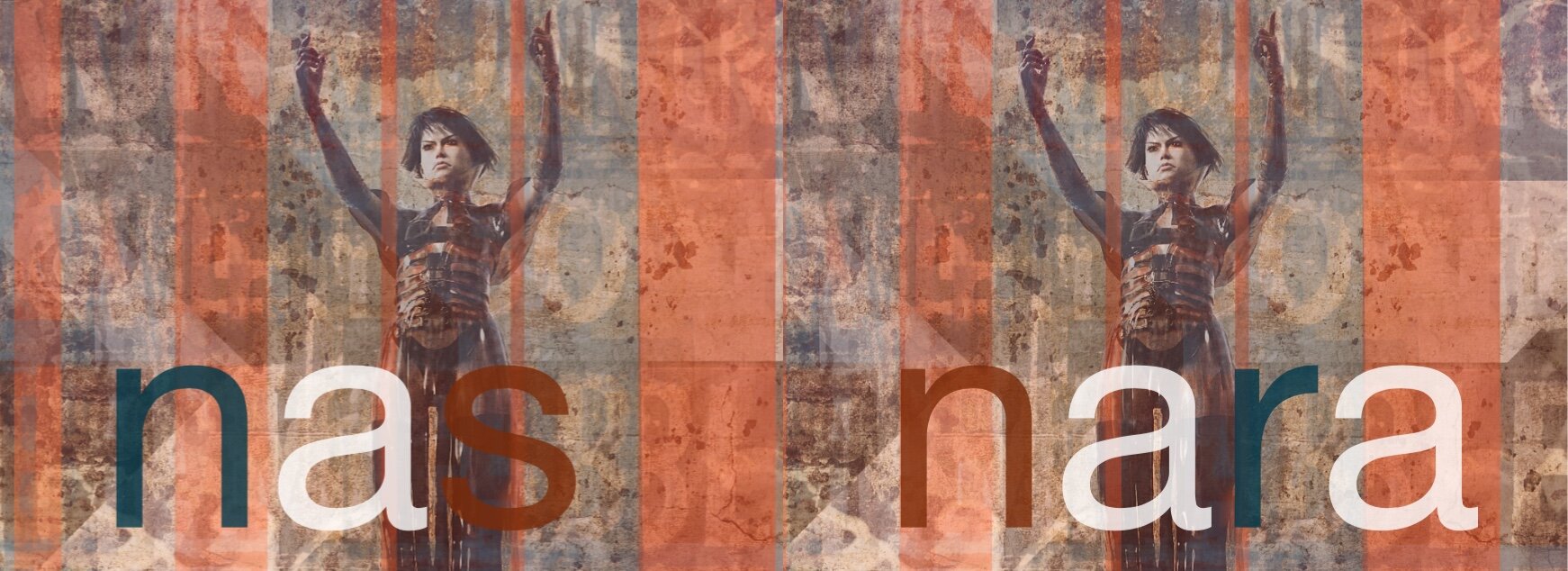
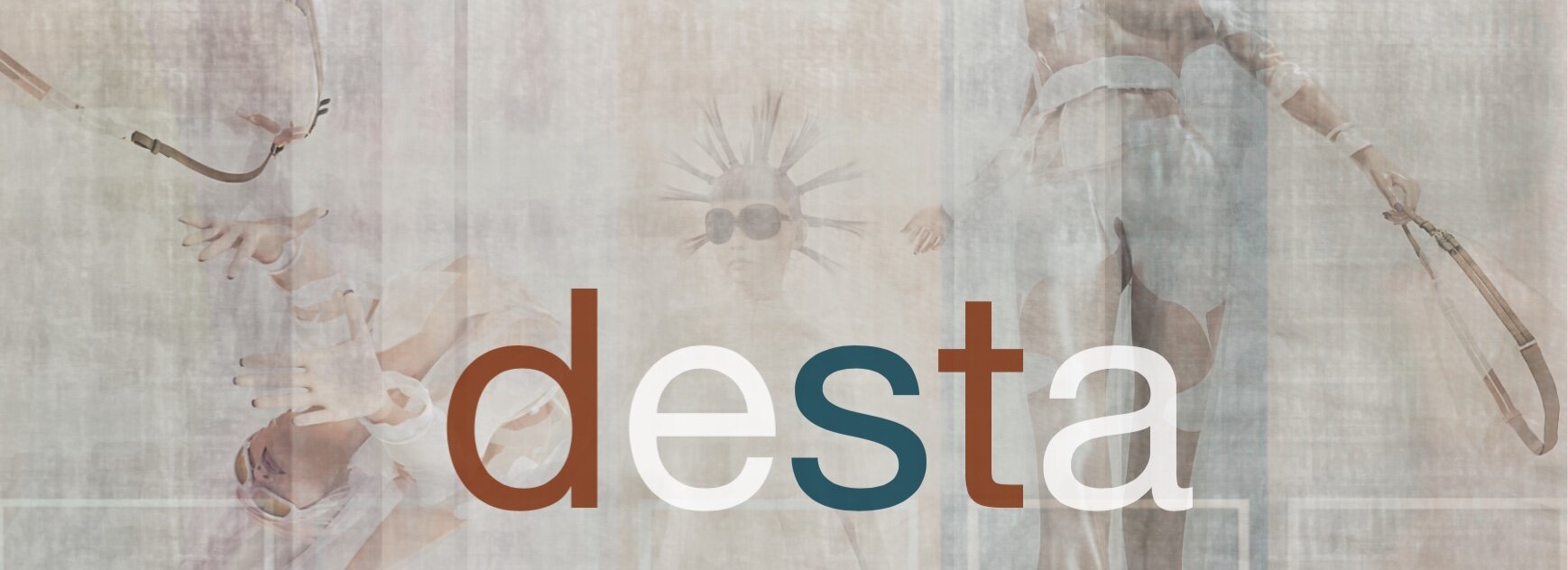

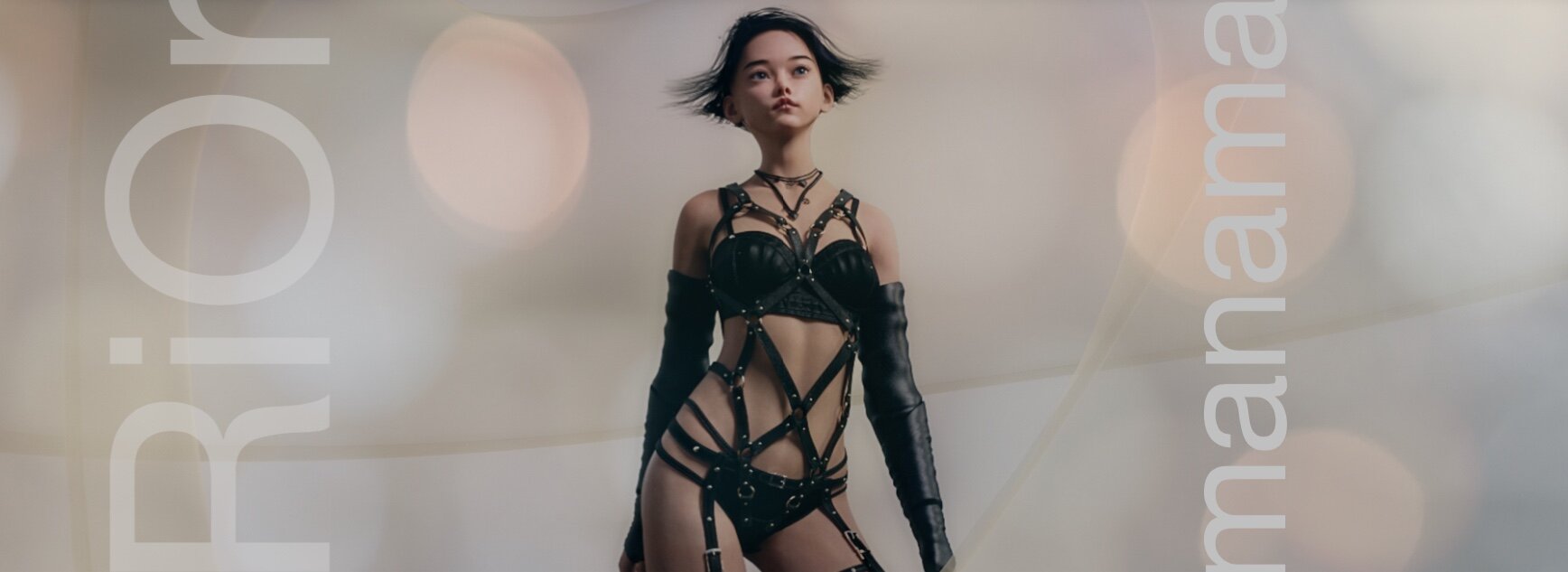
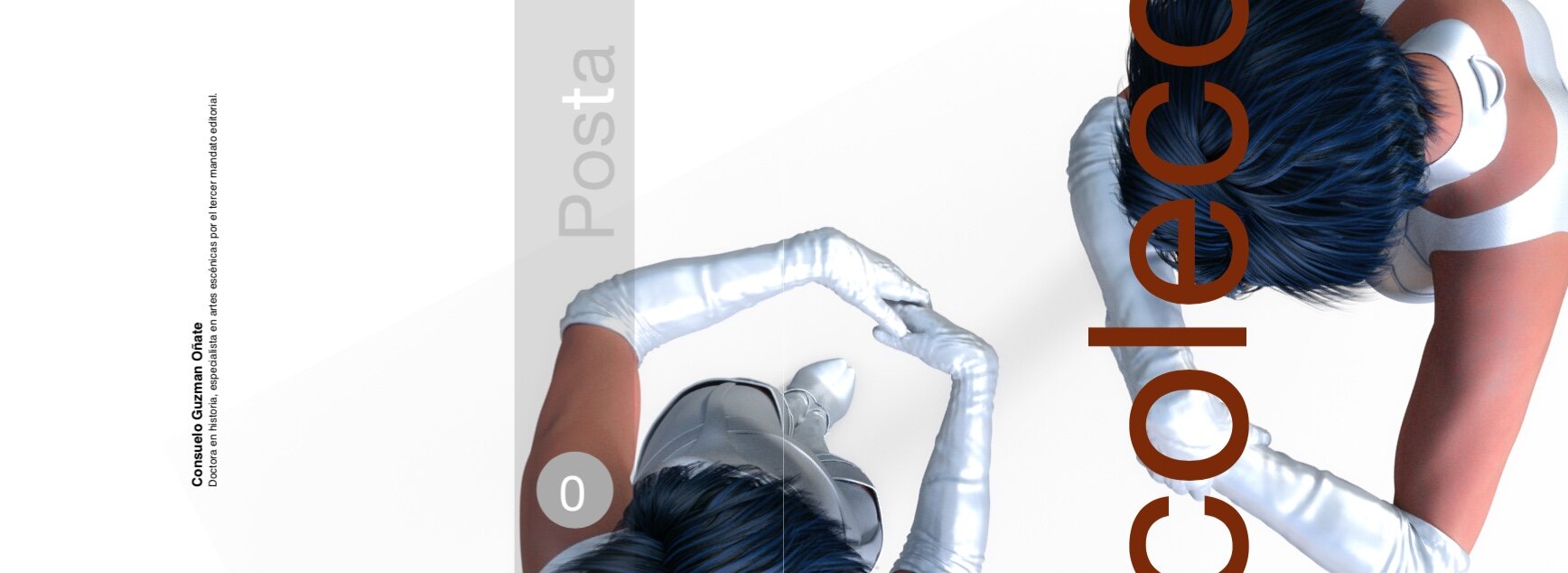
Esta es la doble pagina que abre el analisis de la gran coleccion para la primera primavera.
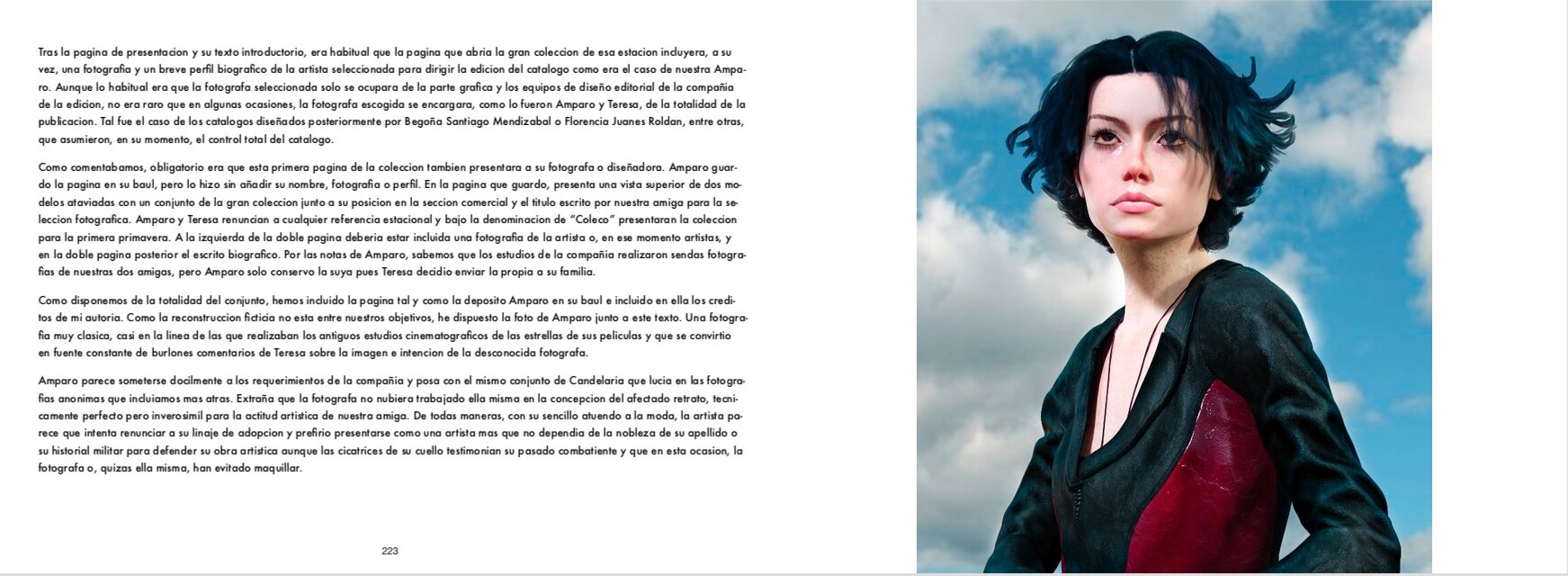
Traduccion del texto de la doble pagina superior:
Translation of the text on the upper double page:
After the presentation page and its introductory text, it was common for the page that opened the large collection of that station to include, in turn, a photograph and a brief biographical profile of the artist selected to direct the edition of the catalog, as was the case of our Amparo. Although it was usual for the selected photographer to only be in charge of the graphic part and the editorial design teams of the publishing company, it was not unusual that on some occasions, the chosen photographer was in charge, as Amparo and Teresa were, of the entire publication. Such was the case of the catalogs designed later by Begoña Santiago Mendizabal or Florencia Juanes Roldán, among others, who assumed, at the time, total control of the catalog.
As we mentioned, it was mandatory that this first page of the collection also present its photographer or designer. Amparo saved the page in her trunk, but she did so without adding her name, photograph or profile. On the page she saved, she presents a top view of two models dressed in an outfit from the large collection along with her position in the commercial section and the title written by our friend for the photographic selection. Amparo and Teresa renounce any seasonal reference and under the name “Coleco” they will present the collection for the first spring. On the left of the double page there should be included a photograph of the artist or, at that time, artists, and on the back double page the biographical writing. From Amparo's notes, we know that the company's studios took photographs of our two friends, but Amparo only kept hers because Teresa decided to send her own to her family.
As we have the entire set, we have included the page as Amparo deposited it in her trunk and included my authorship credits. Since the fictitious reconstruction is not among our objectives, I have placed Amparo's photo next to this text. A very classic photograph, almost in line with those taken by the old film studios of the stars of their films and which became a constant source of mocking comments from Teresa about the image and intention of the unknown photographer.
Amparo seems to meekly submit to the company's requirements and she poses with the same Candelaria outfit that she wore in the anonymous photographs that we included above. She misses that the photographer had not worked herself on the conception of the affected portrait, technically perfect but implausible for our friend's artistic attitude. In any case, with her simple fashionable outfit, the artist seems to be trying to renounce her adopted lineage and preferred to present herself as just another artist who did not depend on the nobility of her surname or her military history to defend her artistic work although the scars on her neck testify to her combative past and that on this occasion, the photographer or, perhaps, she herself, have avoided makeup.
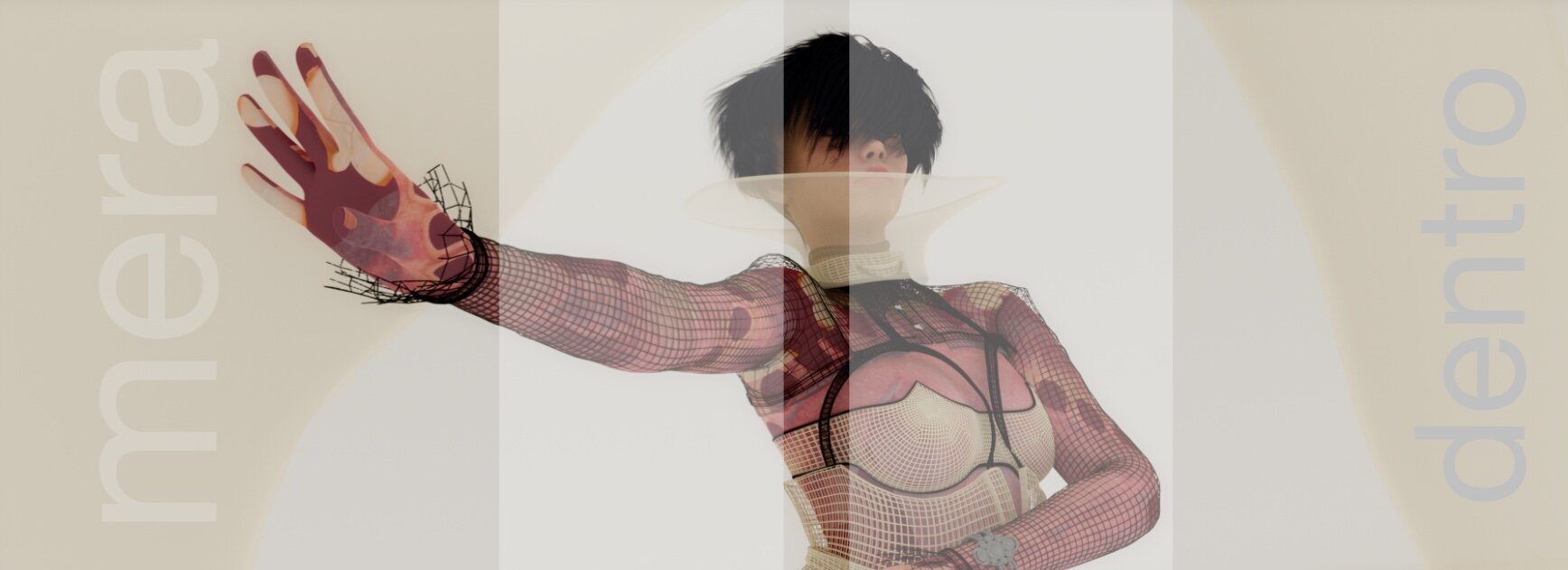
Y esta doble pagina, cerrara la breve entrada de hoy.
And this double page will close today's brief entry.

0 Comments
Recommended Comments
There are no comments to display.